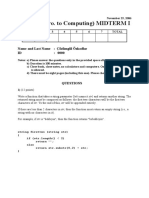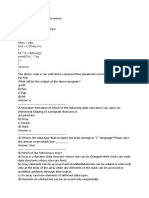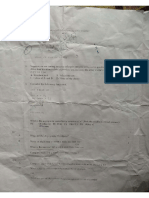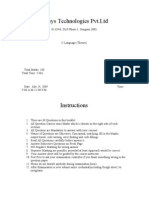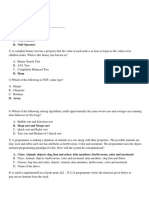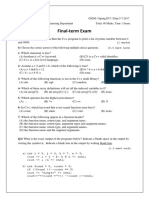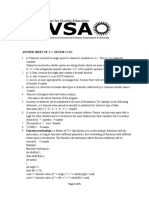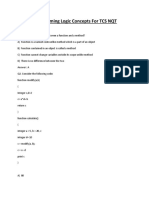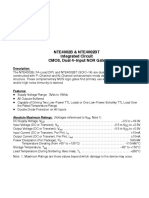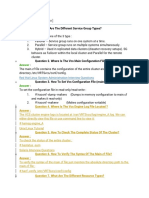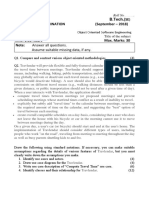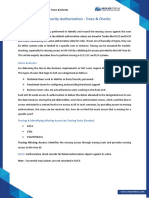0% found this document useful (0 votes)
72 views9 pagesQuiz 1 - Data Structures & Algorithms (EL3101)
Uploaded by
Bappy AgarwalCopyright
© © All Rights Reserved
We take content rights seriously. If you suspect this is your content, claim it here.
Available Formats
Download as PDF, TXT or read online on Scribd
0% found this document useful (0 votes)
72 views9 pagesQuiz 1 - Data Structures & Algorithms (EL3101)
Uploaded by
Bappy AgarwalCopyright
© © All Rights Reserved
We take content rights seriously. If you suspect this is your content, claim it here.
Available Formats
Download as PDF, TXT or read online on Scribd
/ 9


